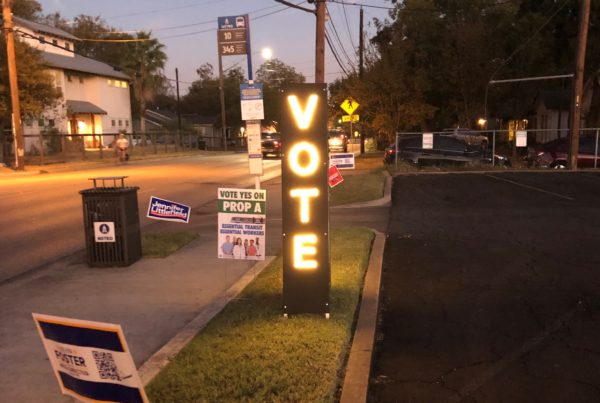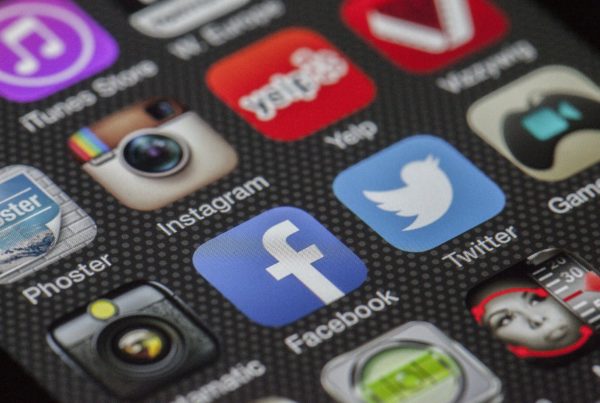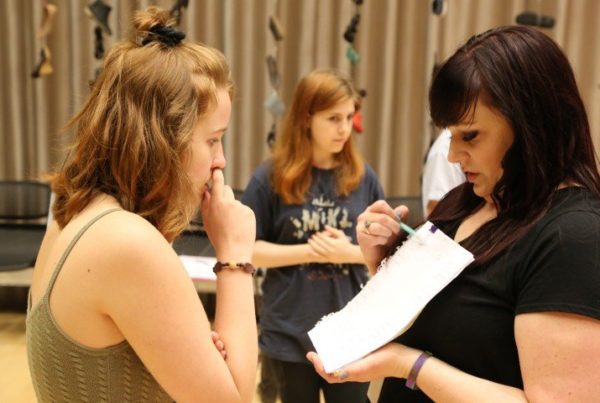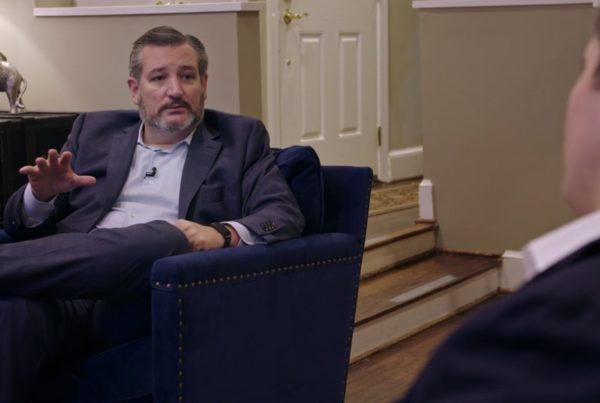From Texas Public Radio:
Business is booming for a San Antonio company that builds a robot designed to kill the virus that causes COVID-19 in the air and on surfaces.
The Xenex Light Strike Robot was first sold to hospitals, but it’s finding a broader customer base as a pandemic continues to grip the nation and world.
“It’s really important for these robots to be able to move all around the hospital, so it’s about waist high, said Morris Miller, CEO of Xenex Disinfection Services. “With the head down, people frequently say it looks just like R2D2 from the Star Wars movies. When the head is up, it’s about shoulder height and it looks like Rosie the Robot from ‘The Jetsons.’”
The company started in 2009, selling the mobile robot to medical facilities to kill common hospital superbugs, bacteria and viruses within minutes.
“It has a special Xenon lamp inside it. It puts out intense bursts of broad spectrum UV light. It destroys pathogens at whatever wavelength they are most vulnerable,” Miller said.
After it is powered up, its head rises from its body. A 360-degree halo of UV light then flashes from its neck. The UV light travels far, but it’s most effective virus-killing range falls in a 14-foot diameter.
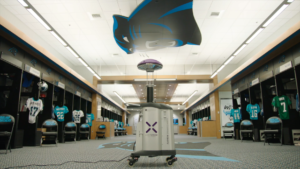
Xenex signed up one of its highest profile clients just this August — the NFL’s Carolina Panthers.
Xenex said the University of Texas MD Anderson Cancer Center in Houston and the Rochester, Minnesota-based Mayo Clinic both studied and then purchased the robots. MD Anderson was its first client.
In 2014, the hospital that treated the first Ebola patient in the U.S., Texas Health Presbyterian Dallas, used the robot to disinfect rooms where the patient was treated.
Xenex said many medical studies back up the robot’s effectiveness.
An attendant can wheel the robot from one area of a hospital to another, switch it on, and then step outside as it flashes away.
“When it pulses it’s like a flash from a 1950s or ’60s movie where the photographer says, ‘Hold it,’ and the flash goes off,” Miller said.
Doctor Mark Povroznik is a vice president and chairman at West Virginia Medicine United Hospital Center. His hospital uses the robots along with traditional cleaning crews to disinfect most areas.
He said they also used the robot to sanitize medical masks that were in tight supply at the beginning of the COVID-19 outbreak around the spring.
“We were able to essentially operationalize mask disinfection at about a day and preserve thousands of masks during the early pandemic when our staff needed them the most,” Povroznik said.
Shortly after COVID-19 struck, Xenex found the UV light from the robot could kill the virus that causes it in two minutes. Texas Biomed in San Antonio successfully tested the robot against the virus in April of this year. The robot is regulated by the Environmental Protection Agency, which oversees the disinfectant industry.
When the pandemic hit, Xenex reported the market for the $125,000 robot exploded beyond medical facilities.
Xenex officials said the robot can now be found in schools, hotels, airports, government offices, convention centers, office buildings, luxury high-rises, police stations and jails around the world.
Workers at its San Antonio factory are busy putting robots in crates to be shipped out.
CEO Miller said business is booming.
“We’ve grown our employee base about 30% since the start of the pandemic and our sales are up about 600%,” said Miller.
The San Antonio International Airport became the first airport in the world to use the robot this summer.
The city’s director of airports Jesus Saenz said they run the robot 24/7 to sanitize common areas and high traffic areas.
“It’s really fast. It can disinfect a large area in 10 to 15 minutes without a warm up or cool down system,” said Saenz
He added there is hardly a spot the robot does not go.
“We can use it in an abundance of different places. Jet bridges, gate areas, the concessions, all the ticket counters, the TSA checkout, our elevators and escalators, our restrooms.”
Airport cleaning crews work in tandem with the airport to keep the virus out.
Xenex signed up one of its highest profile clients just this August — the NFL’s Carolina Panthers.
Eddie Levins is the director of team security. He said the robot is used in common areas of the stadium and places unseen by fans, like player locker rooms and equipment rooms.
“One of our challenges was not just disinfecting rooms, but also things, whether it be keys and phones, but also football equipment, helmets, shoulder pads, anything that players touch,” said Levins.
Corporate sales of such a device is big business. But Miller said his company has tried to make it more personal. Clients are encouraged to give their Xenex robots a name.
“It’s easy for our customers to name the robots. We put on name plates, so they have things like Germinator, R2Clean2, or if you know the Dr. Suess books: Thing 1 and Thing 2,” Miller said.
The global market research firm Technavio reports the environmental disinfection robot market is poised to grow by more than $400 million by 2024 and says that Xenex is one of nine major players in the industry.






